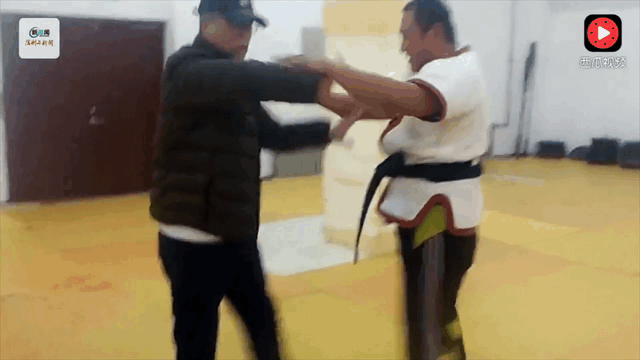Re: Five bows issue together
windwalker wrote:some of the work we do
Finally we have seen some "application" clip. In this clip, his right arm bow doesn't need to be issued.
dedicated to the discussion of the chinese internal martial arts of xingyiquan, baguazhang, taijiquan, related arts, and anything else best discussed over a bottle of rum
http://rumsoakedfist.org/
windwalker wrote:some of the work we do
D_Glenn wrote:Here’s a clip that covers a few different bases (pushing, strike or throw, etc) but mainly is the need to contain a Fa,



windwalker wrote:If one accepts the theory of 5 bows.
An interesting question might be
What is the draw weight
What determines this
Why?
Drake wrote:windwalker wrote:If one accepts the theory of 5 bows.
An interesting question might be
What is the draw weight
What determines this
Why?
Gravity
Gravity
D_Glenn wrote:
Yeung wrote:The reference to “one body equips [with] five bows (一身备五弓Yīshēn bèi wǔ gong)” and “five bows combine [as] one (五弓合一wǔ gōng hé yī)” can be find in Zhongguo Wushu Shiyong Daguqn by Kang Gewu (1990, pages 555-556) in Chinese. He suggested that the Taijiquan metaphor of store and issue like bow and arrow requires the combination of five bows into one. The way he gets around the argument is by saying that the spine or torso issues the dominant force with assistance from arms and legs.
I think it makes sense if you look at the bow and arrow as two sets of muscles coordinating together to restore and issue. It is not difficult to sort out the functions of the arms as one bow, the legs as one bow, and issue together with the spine. This does not contradict the Taijiquan concepts of strength or force issue from the spine, continuity, and one moves all moves, etc. This bring us back to the fundamental question of using brute force or concentric muscle contraction, as it is not possible to activate the elastic component of the body to store up energy for issuing. People cannot tell the difference when they are doing low intensive activities.
Yeung wrote:I came across the term Zhedie 折叠 in the 14 pushing hand routines approved by China’s national Wushu Association in 1994 trying to replace the pushing hand competitions. As I interpreted it, it involved twist turn to neutralize and compress the chest and abdomen to retaliate,